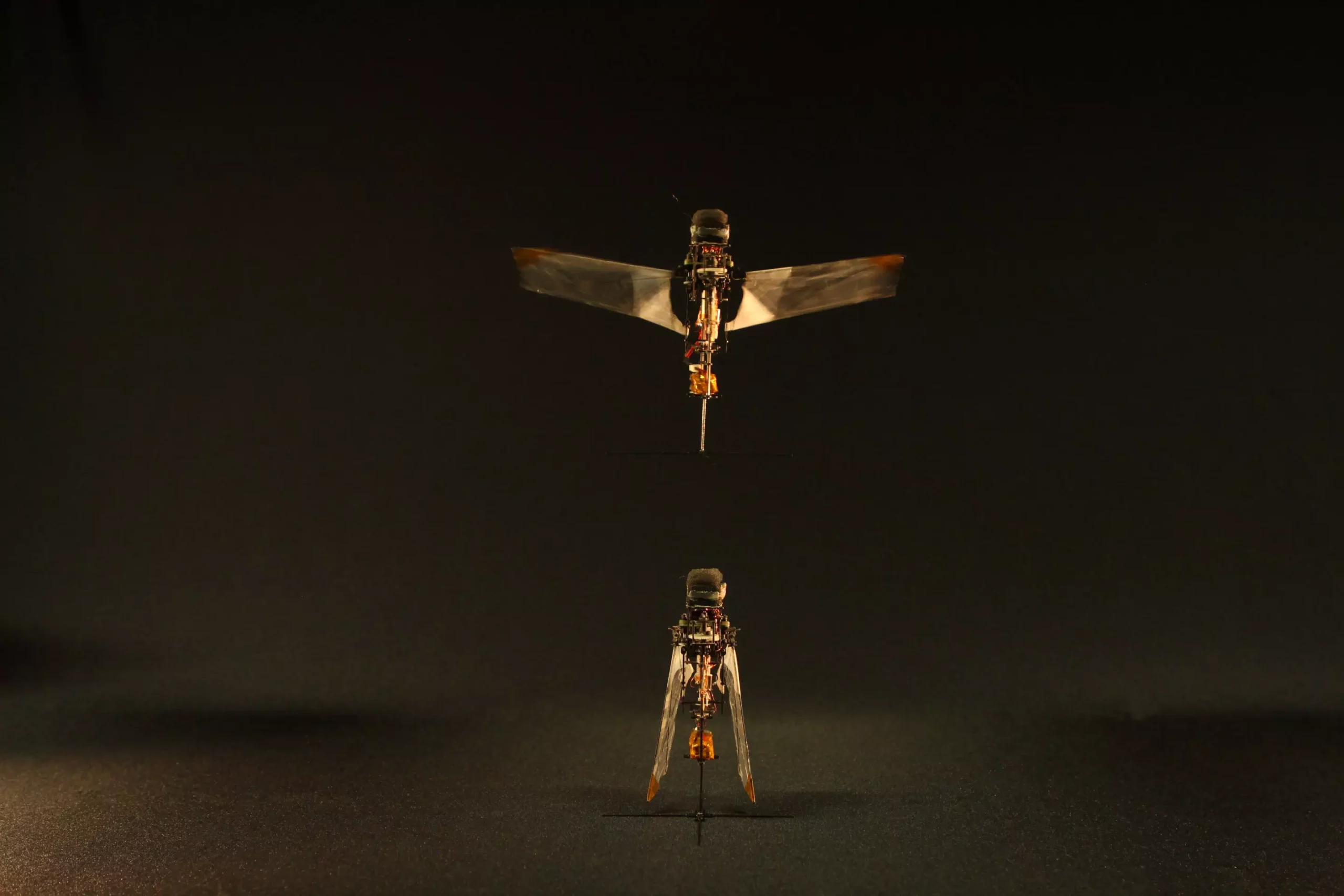The wing dynamics of flying animal species, particularly insects, have long been a subject of interest for researchers in the field of robotics. While birds and bats have been extensively studied for their wing movements, insects like beetles have remained relatively unexplored. Recently, researchers at Ecole Polytechnique Fédérale de Lausanne (EPFL, Switzerland) and Konkuk University (South Korea) delved into the mechanisms that rhinoceros beetles use to deploy and retract their wings. This study, outlined in a paper published in Nature, provided valuable insights that led to the development of a new flapping microrobot.
The Passive Wing Deployment Mechanism
Contrary to the commonly held belief that beetles use thoracic muscles to actively deploy and retract their wings, the research conducted by Hoang-Vu Phan and his team revealed that beetles actually rely on passive mechanisms to fold and unfold their wings. The hindwings of beetles bear a striking resemblance to origami structures, demonstrating a neat foldable design that allows them to be stowed under the elytra when at rest and passively deployed during flight. This unique wing deployment process caught the researchers’ attention, prompting them to investigate further.
Inspired by the passive wing deployment observed in beetles, Phan and his colleagues set out to build a flapping microrobot that mimicked this behavior. Unlike traditional flapping robots that require extensive actuators to maintain wing movements, the new microrobot utilized elastic tendons to facilitate passive wing deployment. Through a combination of flapping motion and elastic tension, the microrobot could take off, maintain stable flight, and retract its wings upon landing – all without the need for additional actuators.
The insights gained from the study of beetle wing dynamics have far-reaching applications in various fields. The flapping microrobot developed by Phan and his team holds immense potential for search and rescue missions in confined spaces, where traditional drones may struggle to navigate. Its compact size and ability to maneuver through narrow spaces make it an invaluable tool for exploring inaccessible areas. Furthermore, the microrobot’s passive wing deployment mechanism can be leveraged for biologists studying insect flight biomechanics or even as a disguised spy insect for environmental surveillance.
Future Prospects and Challenges
While the initial tests conducted on the flapping microrobot showed promising results, Phan and his colleagues acknowledge that further refinements are needed to enhance its performance in real-world scenarios. Future studies could explore the possibility of applying similar passive wing deployment strategies to other insects, paving the way for more advanced robotic designs. By combining nature-inspired mechanisms with cutting-edge robotics technology, researchers aim to unlock new possibilities in the field of micro aerial vehicles and robotic systems.


Leave a Reply